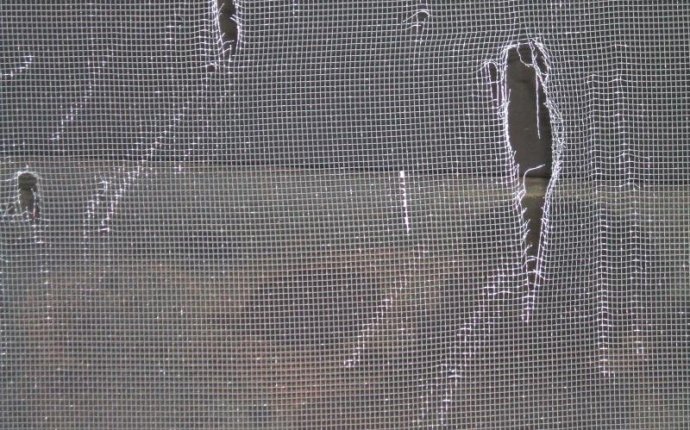
Where Can I Get my Windows Screen Fixed?
A Blue Screen of Death (BSOD) in Windows 8 (0x5C / HAL_INITIALIZATION_FAILED).
A Blue Screen of Death is usually hardware or driver related. Most BSODs show a STOP code that can be used to help figure out the root cause of the Blue Screen of Death.
Did your PC restart after the BSOD? If the blue screen flashed and your computer rebooted automatically before you had time to read anything, see the tip at the bottom of the page.
Important: Below are general Blue Screen of Death troubleshooting steps. Please reference my List of Blue Screen Error Codes for individual STOP code troubleshooting steps. Come back here if I don't have a troubleshooting guide for your specific STOP code or if you have no idea what your STOP code is.
Note: Some of these steps may require you to start Windows in Safe Mode. If that's not possible then skip those steps.
Don't Want to Fix This Yourself?
If you're interested in fixing this BSOD problem yourself, continue with the troubleshooting in the next section.
Otherwise, see How Do I Get My Computer Fixed? for a full list of your support options, plus help with everything along the way like figuring out repair costs, getting your files off, choosing a repair service, and a whole lot more.
How To Fix a Blue Screen of Death
Time Required: It might take you several hours to fix a Blue Screen of Death, depending on the STOP Code.
Some steps are easy while others might be a little more complicated.
Applies To: Any version of Windows, including Windows 10, Windows 8, Windows 7, Windows Vista, and Windows XP.
- The most important Blue Screen of Death troubleshooting step you can take is to ask yourself what you just did.
Did you just install a new program or a piece of hardware, update a driver, install a Windows update, etc.? If so, there's a very good chance that the change you made caused the BSOD.
Undo the change you made and test again for the STOP Error. Depending on what change you made, some solutions might include:
- Check that there's enough free space left on the drive Windows is installed on. Blue Screens of Death and other serious issues, like data corruption, can occur if there's not enough free space on your primary partition used for the Windows operating system.
Note: Microsoft recommends that you maintain at least 100MB of free space but I regularly see problems with free space that low. I usually advise Windows users to keep at least 15% of a drive's capacity free at all times.
- Scan your computer for viruses. Some viruses can cause a Blue Screen of Death, especially ones that infect the master boot record (MBR) or boot sector.
Important: Make sure your virus scanning software is completely up to date and that it's configured to scan the MBR and boot sector.
Tip: If you can't get far enough to run a virus scan from within Windows, use one of the programs I've highlighted in my Free Bootable Antivirus Tools list instead.
- Apply all available Windows service packs and other updates. Microsoft regularly releases patches and service packs for their operating systems that may contain fixes for the cause of your BSOD.
- Update drivers for your hardware. Most Blue Screens of Death are hardware or driver related so updated drivers could fix the cause of the STOP error.









